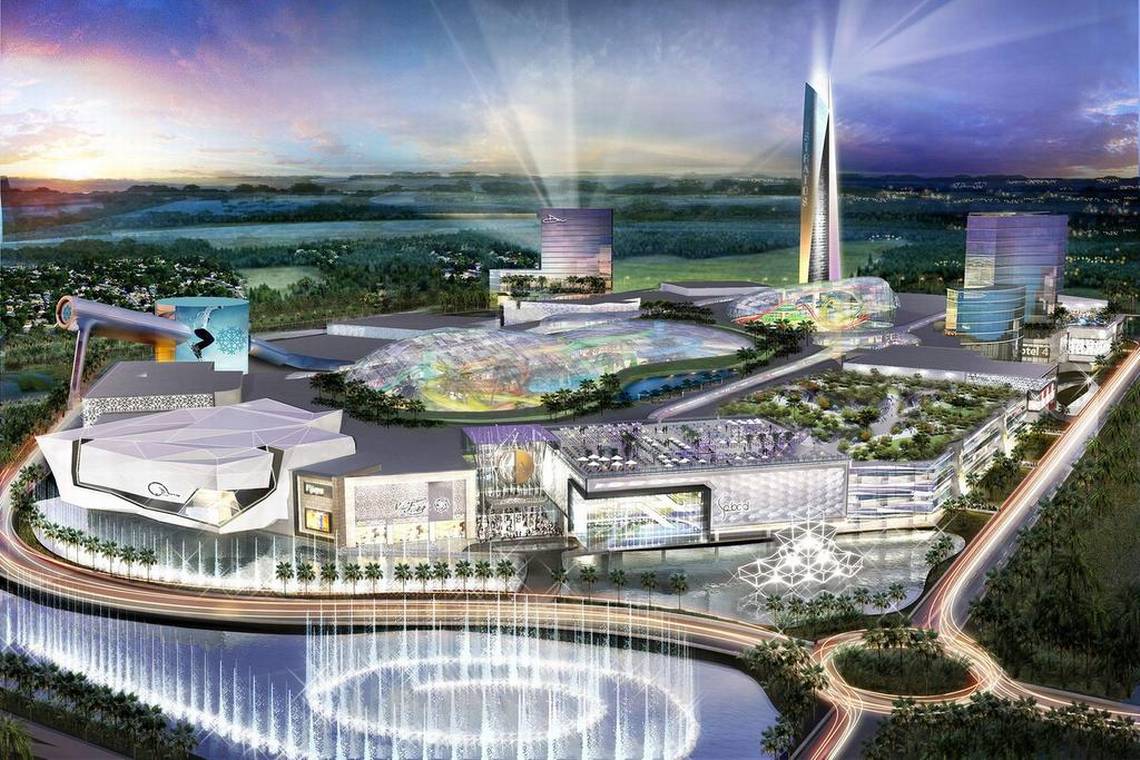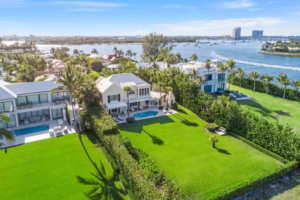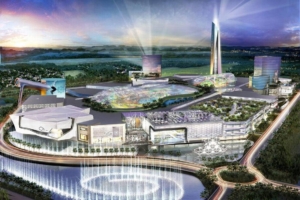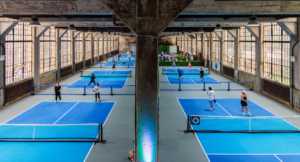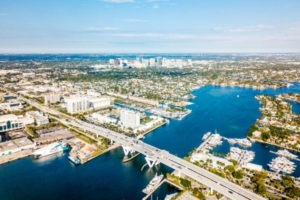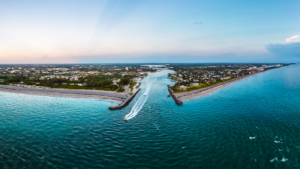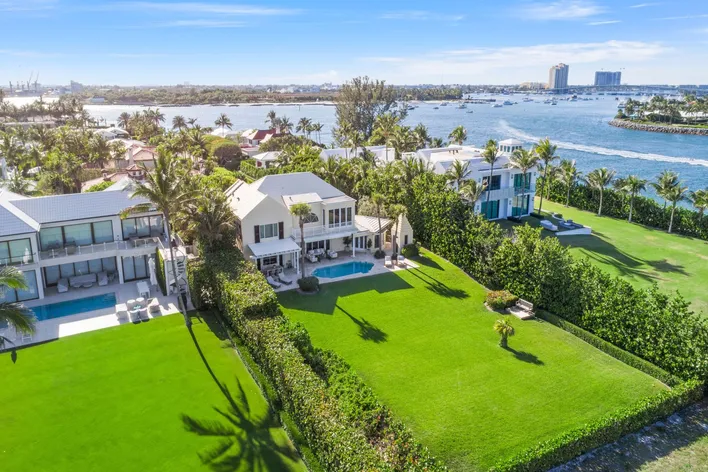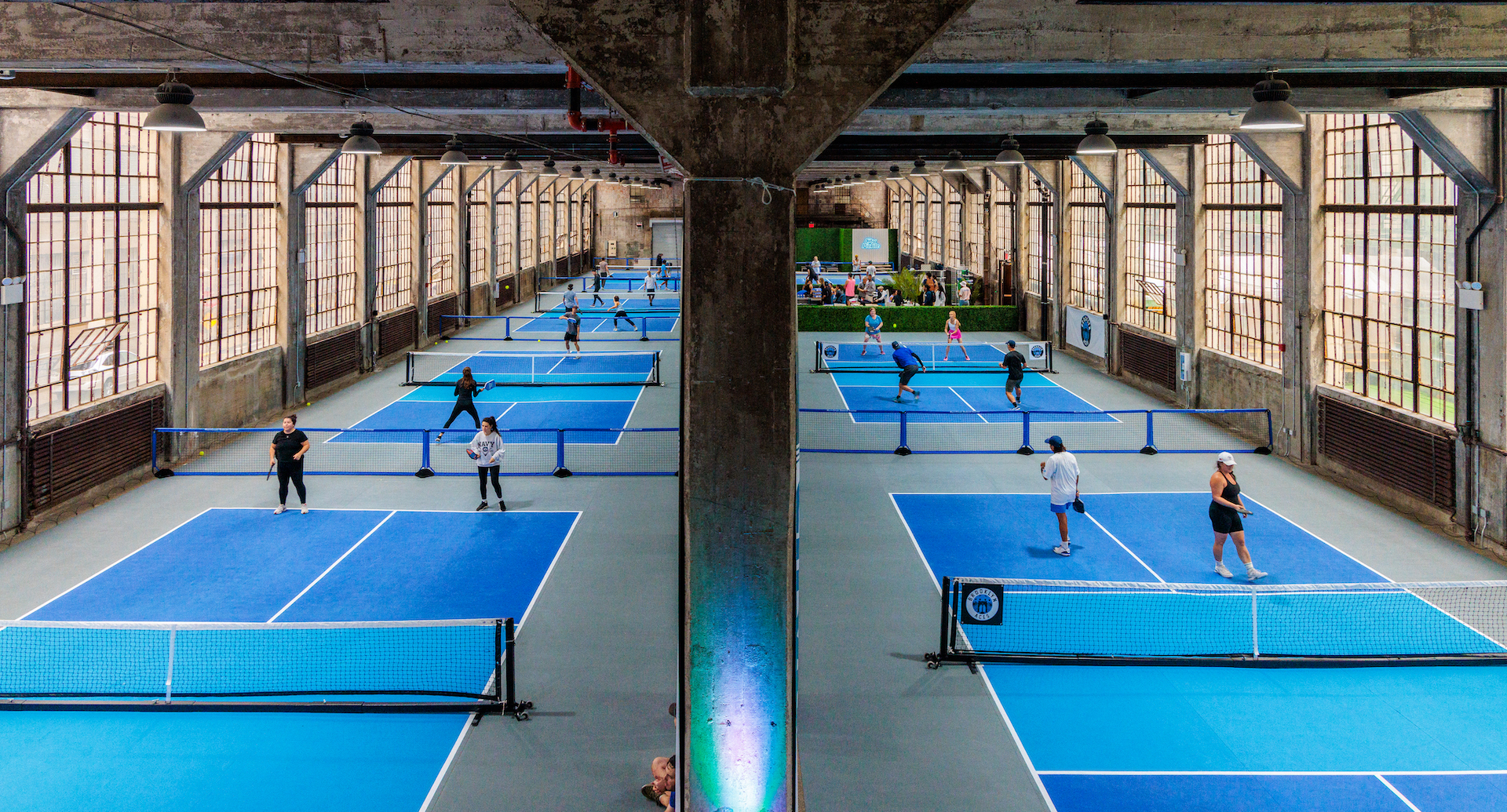American Dream Miami: Legal Turmoil Threatens America's Most Ambitious Mall Project
The ambitious American Dream Miami project, once hailed as a transformative retail and entertainment destination, now finds itself mired in legal disputes and facing significant financial penalties. The stalled 6.2 million square foot mega-mall project faces a $5 million lawsuit over development delays, marking a dramatic turn for what was supposed to be the largest shopping complex in North America.
This sprawling 175-acre development in Northwest Miami-Dade County represents more than just another shopping center—it embodies the evolution of retail real estate in the post-pandemic era. However, seven years after receiving initial approval, the project remains nothing more than vacant land and unfulfilled promises, raising critical questions about mega-development feasibility in today's economic climate.
The Unraveling of a Billion-Dollar Vision
Triple Five Group, the Canadian development firm that proposed the 6M SF retail and entertainment complex outside of Hialeah, recently filed a lawsuit to keep alive its plan to purchase a large segment of the site to make way for what would be the largest mall in the country. The company, renowned for creating West Edmonton Mall and Mall of America, envisioned American Dream Miami as a revolutionary retail destination combining traditional shopping with theme park attractions.
The project's scope was breathtaking: plans included an indoor ski slope, water park, ice-skating rink, and numerous entertainment venues designed to attract both locals and tourists. With an estimated investment of $4-5 billion, American Dream Miami was positioned to redefine South Florida's retail landscape and generate thousands of jobs.
However, reality has proven far more complex than the initial vision. The development has faced numerous setbacks, from financing challenges to regulatory hurdles, culminating in the current legal crisis that threatens its very existence.
Timeline of Delays and Mounting Pressure
The American Dream Miami saga began with great fanfare in May 2018 when Miami-Dade commissioners granted initial approval for the project. The original timeline projected permits by 2020 and a grand opening in 2025. In 2019 it was expected to open in 2025; before that, the opening was projected for 2023, demonstrating the project's shifting and increasingly unrealistic timelines.
Miami-Dade County's patience has reached its limit. The county sold 82 acres of public land to Triple Five in 2015 with specific contractual obligations, including a crucial $5 million penalty clause for failing to meet the 2025 opening deadline. With no site plan filed and construction nowhere in sight, county officials are now enforcing this penalty provision.
The legal pressure extends beyond county boundaries. The developer is also in court with the Graham Companies, which provided Triple Five with the bulk of the project site, with Graham refusing to finalize the sale due to missed deadlines. This dual legal battle has created a complex web of litigation that could determine the project's ultimate fate.
Financial Challenges Behind the Scenes
Triple Five Group's financial stability has become a significant concern. Canadian Triple Five, owned by the Ghermezian family, has about $5B in debt on its properties and has missed mortgage payments, according to reports from 2020. The company's financial troubles have extended to its other properties, including the 3-million-sq-ft mall last year, fell behind on debt payments on the $1 billion-plus loan to help fund the project.
These financial challenges raise serious questions about Triple Five's ability to complete the Miami project, even if legal issues are resolved. The scale of debt and previous payment defaults suggest systemic financial problems that could impact all current and future developments.
The economic landscape has also shifted dramatically since the project's conception. The retail industry has undergone fundamental changes, with e-commerce growth accelerating and consumer preferences evolving. Traditional mall concepts face increasing skepticism from investors and consumers alike, making financing for mega-mall projects more challenging than ever.
Political Dynamics and Leadership Changes
The project's political environment has evolved significantly since its initial approval. Miami-Dade Mayor Daniella Levine Cava, who opposed the project in 2018 as a county commissioner, now holds executive authority and is actively enforcing the $5 million penalty. This leadership change has shifted the county's approach from cautious support to active enforcement of contractual obligations.
Commissioners paved the way to reverse a ban for subsidies for the American Dream Miami — which could run an estimated $350 million, indicating that public financial support was once considered. However, the current administration appears more focused on accountability and performance rather than additional incentives.
The political shift reflects broader changes in how local governments approach large-scale development projects. There's increased scrutiny of public-private partnerships and greater emphasis on developer accountability, particularly when public land and potential subsidies are involved.
Environmental and Community Concerns
The American Dream Miami project faces additional challenges beyond legal and financial issues. The American Dream Miami — which could run an estimated $350 million in public subsidies, has drawn criticism from environmental groups concerned about its location near the Everglades. The project's environmental impact has become a rallying point for opponents who question the wisdom of massive development in ecologically sensitive areas.
Community concerns extend beyond environmental issues to include traffic congestion, infrastructure strain, and quality of life impacts. The 175-acre development would generate significant vehicle traffic in an area already struggling with congestion, raising questions about the adequacy of planned infrastructure improvements.
Local residents and community groups have expressed mixed reactions to the project. While some welcome the potential economic benefits and job creation, others worry about the long-term consequences of such massive development on their neighborhoods and the broader region.
The Future of Mega-Mall Development
The American Dream Miami situation reflects broader trends in the retail real estate industry. Traditional enclosed malls have struggled for years, with many closing or undergoing significant downsizing. The concept of mega-malls that combine retail with entertainment represents an attempt to adapt to changing consumer preferences, but execution has proven challenging.
The shift from keyword-focused optimization to user-focused optimization. In other words, we'll need to address intent and answer the granular questions users now ask instead of highly optimizing for one specific keyword applies not just to SEO but to retail development as well. Modern consumers seek experiences that address their specific needs and preferences rather than one-size-fits-all approaches.
The success of mixed-use developments and lifestyle centers suggests that the future of retail real estate lies in smaller, more integrated projects that blend seamlessly with residential and office components. The mega-mall model may be increasingly obsolete in a world where convenience and authenticity take precedence over sheer scale.
Insights: Key Questions About American Dream Miami
What is the current status of American Dream Miami in 2025?
The project remains stalled with no construction begun and significant legal challenges ongoing. Miami-Dade County is demanding a $5 million penalty for missed deadlines, while Triple Five Group faces additional lawsuits from land partners. No site plan has been filed, and the 175-acre site remains vacant.
Why has the American Dream Miami project faced so many delays?
Multiple factors have contributed to delays, including Triple Five Group's financial difficulties, regulatory challenges, environmental concerns, and infrastructure requirements. The company's broader financial troubles, including billions in debt and missed mortgage payments on other properties, have complicated the Miami project's development.
How much would American Dream Miami cost to build?
he project is estimated to cost between $4-5 billion, making it one of the most expensive retail developments ever proposed. The scale includes 6.2 million square feet of retail and entertainment space, comparable to the largest malls in North America.
What legal challenges does the project currently face?
American Dream Miami is involved in multiple lawsuits: Miami-Dade County is seeking $5 million in penalties for missed deadlines, and the Graham Companies are refusing to complete land sales due to contractual violations. These legal battles could determine whether the project can proceed at all.
What would American Dream Miami include if built?
The proposed complex would feature traditional retail spaces alongside entertainment attractions including an indoor ski slope, water park, ice-skating rink, artificial lake with submarine rides, and various themed entertainment venues. The goal was to create a destination that combines shopping with theme park experiences.
Could American Dream Miami still be completed?
While technically possible, the project faces significant obstacles including legal challenges, financial constraints, and changed market conditions. The retail industry has evolved substantially since the project's conception, making the mega-mall concept less viable than when originally proposed. Resolution of current legal issues would be necessary but not sufficient for the project's completion.

